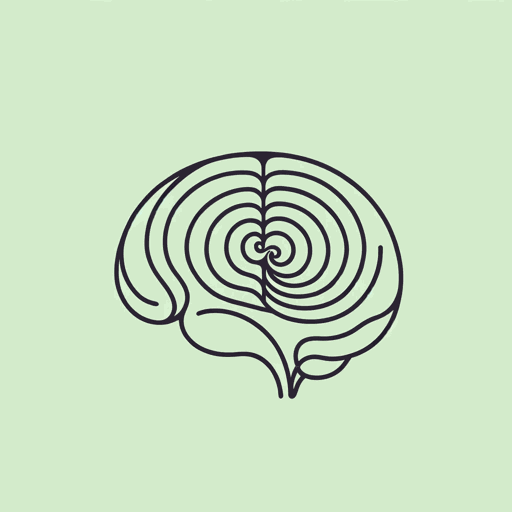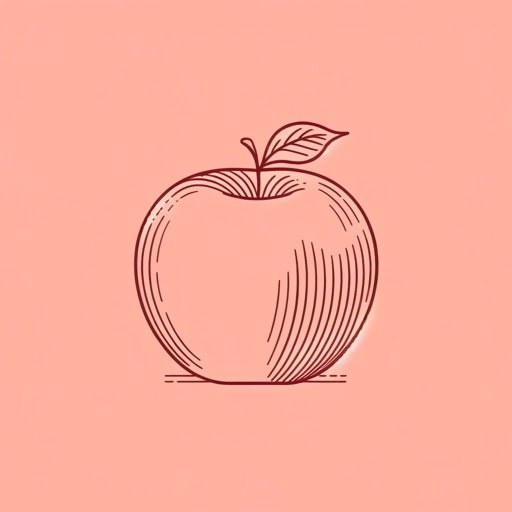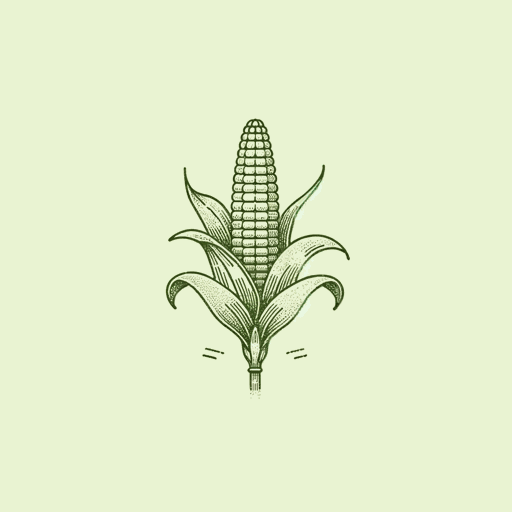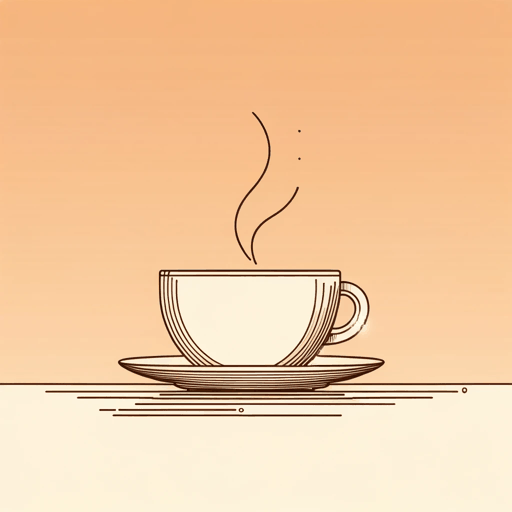48 pages • 1 hour read
Michael PollanThis Is Your Mind on Plants
Nonfiction | Book | Adult | Published in 2021A modern alternative to SparkNotes and CliffsNotes, SuperSummary offers high-quality Study Guides with detailed chapter summaries and analysis of major themes, characters, and more.
Part 2Chapter Summaries & Analyses
Part 2: “Caffeine”
Part 2, Pages 90-112 Summary
Pollan begins his exploration of caffeine by admitting that by cutting this psychoactive drug out of his daily routine he experienced symptoms of withdrawal that left him feeling particularly demotivated and purposeless. The author claims that around 90% of all people in the world use caffeine regularly, making it the most common psychoactive drug globally (92). As such, Pollan feels it is necessary to give up his daily caffeine habit completely to understand its effect on the human brain and society itself. However, this experiment is not without consequences, as Pollan notes that caffeine withdrawal can include symptoms such as “headache, fatigue, lethargy, difficulty concentrating, decreased motivation, irritability, intense distress, loss of confidence(!), and dysphoria” (93) and shares that he experienced each of these. Pollan procrastinates about cutting out caffeine until finally he begins his experiment by replacing caffeinated coffee with mint tea, which fails to clear his mental fog. Over the course of his first week Pollan feels less mentally sharp, and his writing work feel overwhelming, which makes him realize the role caffeine was playing in enhancing his concentration and improving his mood.
Pollan examines two plants responsible for producing caffeine: Coffea, or the coffee plant, and Camellia sinensis, or tea.
Related Titles
By Michael Pollan

How to Change Your Mind: What the New Science of Psychedelics Teaches Us About Consciousness, Dying, Addiction, Depression, and Transcendence (2018)
Michael Pollan

In Defense of Food
Michael Pollan

The Botany of Desire: A Plant’s-Eye View of the World
Michael Pollan

The Omnivore's Dilemma
Michael Pollan
Featured Collections
Addiction
View Collection
Anthropology
View Collection
Books on U.S. History
View Collection
Business & Economics
View Collection
Colonialism & Postcolonialism
View Collection
Earth Day
View Collection
European History
View Collection
Health & Medicine
View Collection
Journalism Reads
View Collection
New York Times Best Sellers
View Collection
Politics & Government
View Collection
Psychology
View Collection
Religion & Spirituality
View Collection
Science & Nature
View Collection
The Best of "Best Book" Lists
View Collection

